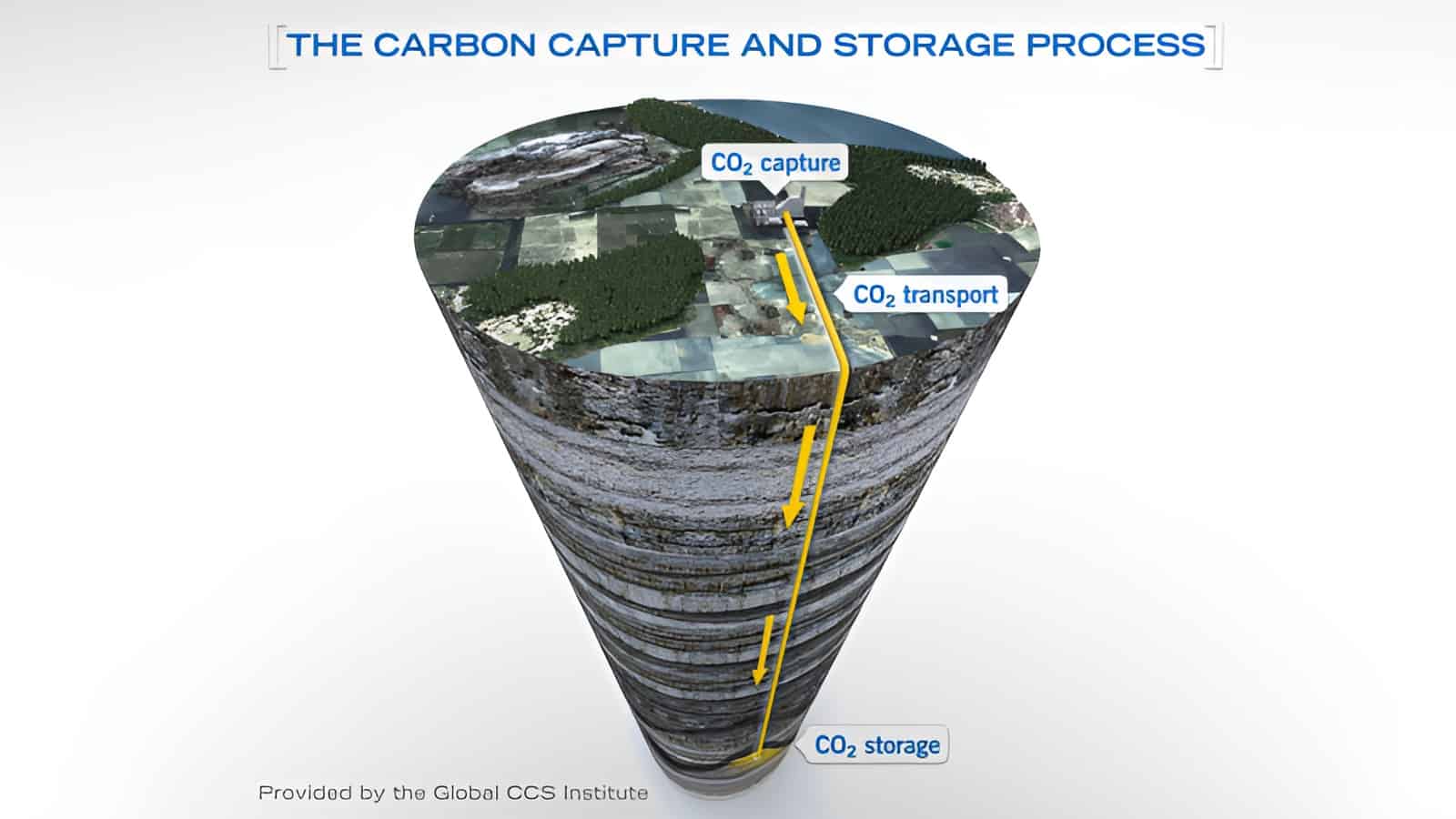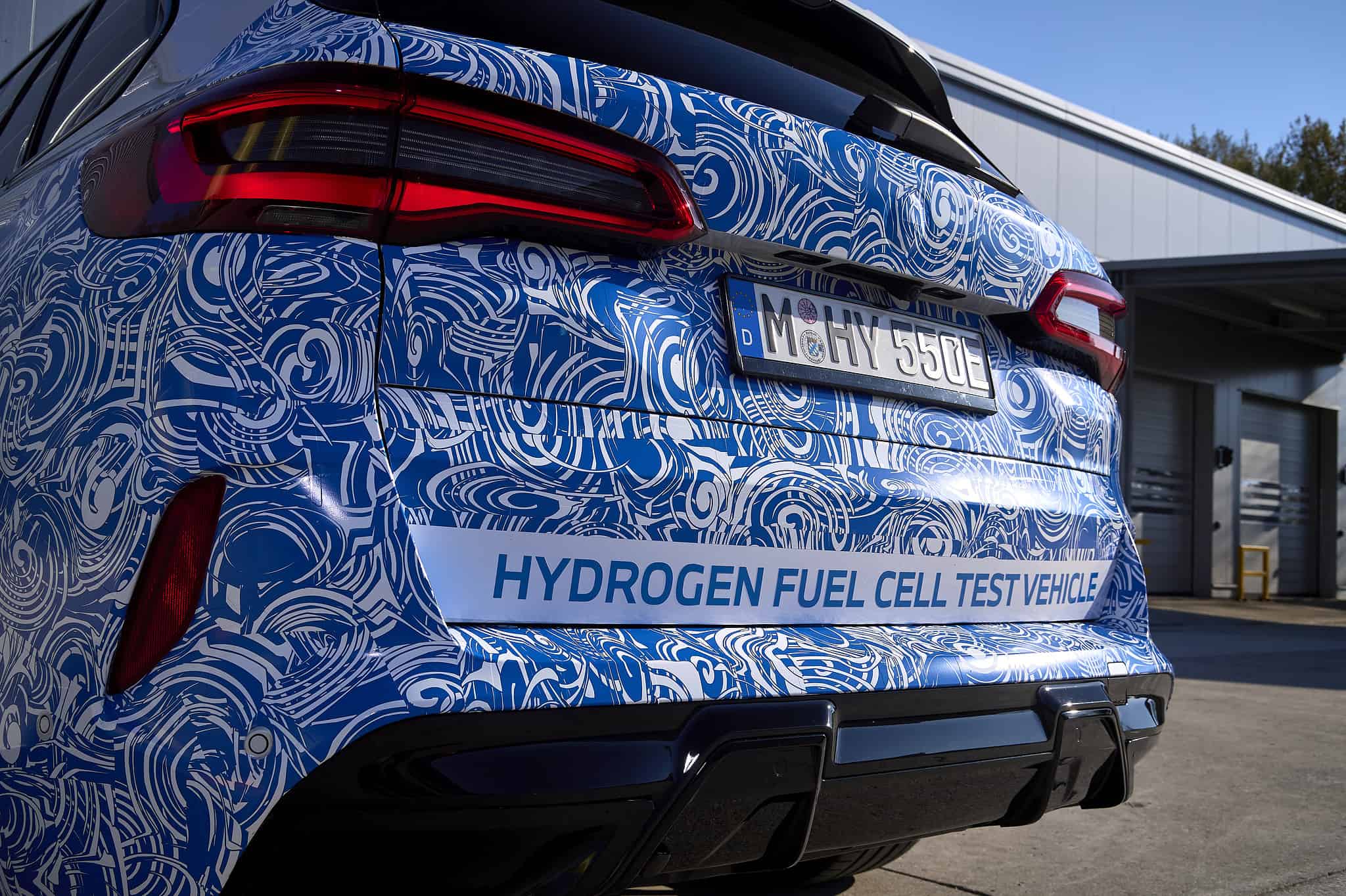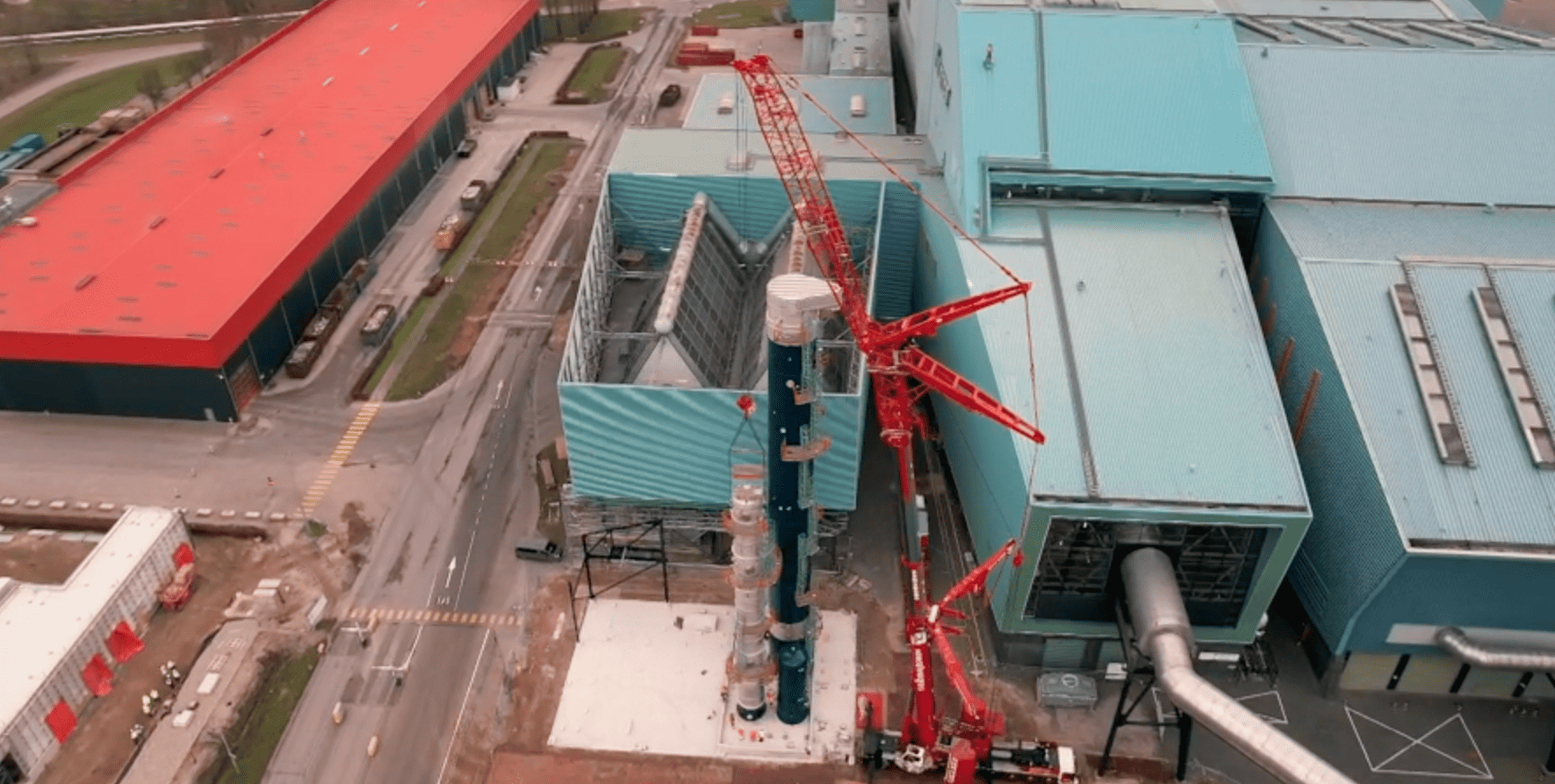
Shell’s Quest project in Canada, a fossil hydrogen plant utilizing carbon capture technology, has recently come under scrutiny for its environmental impact.
Despite the company’s claims of capturing 5 million tonnes of carbon dioxide in less than five years, it has emitted another 7.5 million tonnes of greenhouse gases during the same period. These figures reveal that only 48% of the plant’s carbon emissions are captured, which is a far cry from the 90% carbon capture rate promised by the industry for fossil hydrogen projects. When other greenhouse gas emissions are taken into account, this rate drops to a mere 39%.
This revelation raises concerns about several other projects that have been touted as eco-friendly by the oil industry, yet are actually contributing to global warming. Critics argue that the promotion of fossil hydrogen and CCS serves as a smokescreen for oil and gas companies to continue their detrimental practices under the guise of sustainability. As a result, skepticism and scrutiny are mounting over the true intentions of these supposedly green initiatives within the oil industry.
The reality of CCS
Carbon Capture and Storage (CCS) technology aims to capture CO2 at emission sources and store it in empty gas fields under the seabed. Shell actively participates in CCS projects like Aramis, Porthos, and Delta Rhine Corridor (DRC). While the company contends that investing in renewable energy alone is insufficient to achieve global climate goals, critics argue that CCS is a costly and inefficient solution that could lead to more pollution than it prevents.
CCS economics: a costly affair?
One of the primary concerns about CCS technology is its economic feasibility. As the cost of renewable energy declines and that of fossil fuels rises, the extra cost of implementing CCS projects further widens the gap. The afore mentioned Quest CCS facility in Canada, for example, cost $1 billion, with $654 million coming from Canadian government subsidies. Despite this significant investment, the project has failed to deliver the emissions reductions necessary to combat global warming.
Furthermore, the long-term viability of CCS projects is uncertain, as some of the stored CO2 may leak out over time. This not only dilutes the effectiveness of these initiatives but also undermines their credibility as sustainable solutions to climate change.
Hydrogen: a true climate solution or a dangerous distraction?
Hydrogen has been touted as a clean energy solution, but it faces numerous challenges, such as inefficiencies, potential environmental risks, and lobbyist influence. Critics have called for a focus on wind, solar, and storage for clean energy transformation, using green hydrogen only for niche applications. Green hydrogen production remains low, and leakage rates could lead to methane accumulation, a potent greenhouse gas.

The CSS and hydrogen fig leaf
Shell has been accused of greenwashing its environmental initiatives, particularly with regards to its investment in CCS and fossil hydrogen projects. According to Global Witness, only 1.5% of Shell’s capital expenditure has been used to develop genuinely renewable sources, such as wind and solar, while much of the remaining resources have been devoted to gas – a fossil fuel.
The promotion of CCS as a “green tradition” further obscures the fact that Shell continues to invest heavily in carbon-emitting operations. Rather than supporting a transition to a truly sustainable energy future, Shell’s participation in these projects appears to reinforce the status quo of fossil fuel consumption.

As the cost of renewable energy declines and that of fossil fuels rises, adding the extra costs of CCS makes the gap between these energy sources even wider.
Global Witness has called for governments to resist demands from the industry to provide financial and regulatory support for new fossil hydrogen projects and instead work to phase out existing ones and promote renewable-based alternatives.
Conclusion: No intermediate steps to stop global warming
The underwhelming performance of Shell’s Quest project and other similar initiatives highlights the urgent need for a more radical approach to combating climate change. Stopping global warming requires a decisive break from fossil fuel industries, not a gradual transition through unsustainable alternatives. As the world races to meet the Paris Agreement targets and limit global warming to 1.5°C, the reliance on CCS technology and fossil hydrogen projects as intermediate steps is not only insufficient but also potentially counterproductive.

The growing scrutiny over Shell’s greenwashing efforts, as well as the broader debate surrounding CCS technology, underscores the importance of adopting a more transparent and sustainable approach to climate action. To truly address the climate crisis, governments, industries, and individuals must prioritize proven clean energy solutions, such as wind, solar, and battery storage, over the false promises of fossil fuel-based initiatives.








